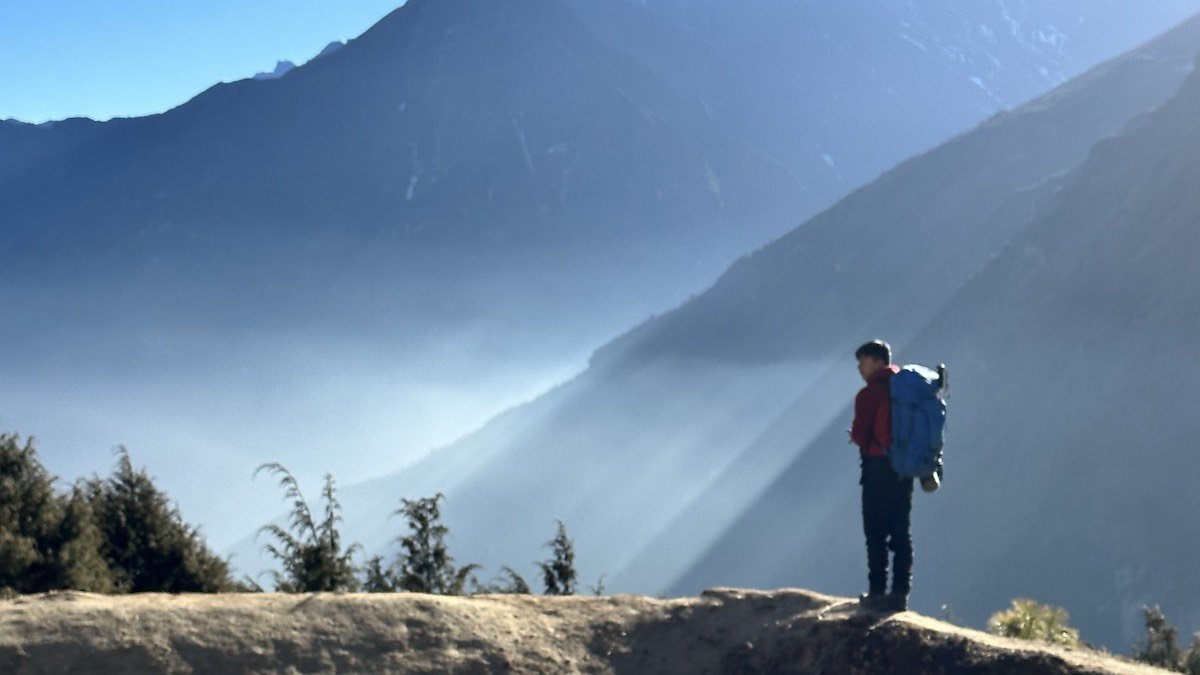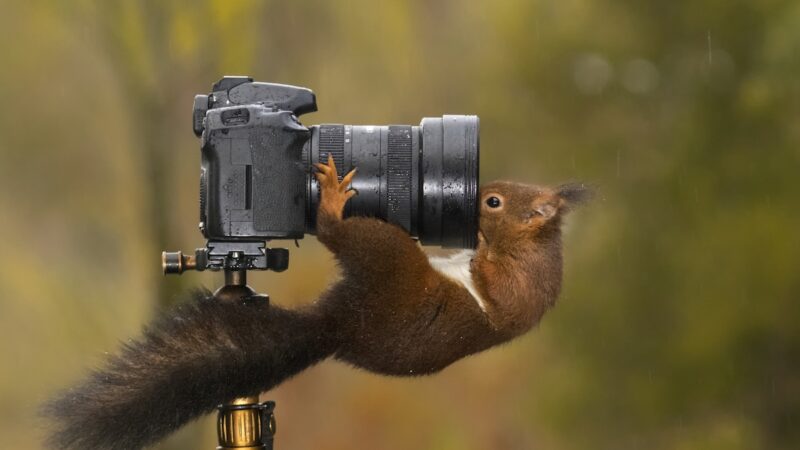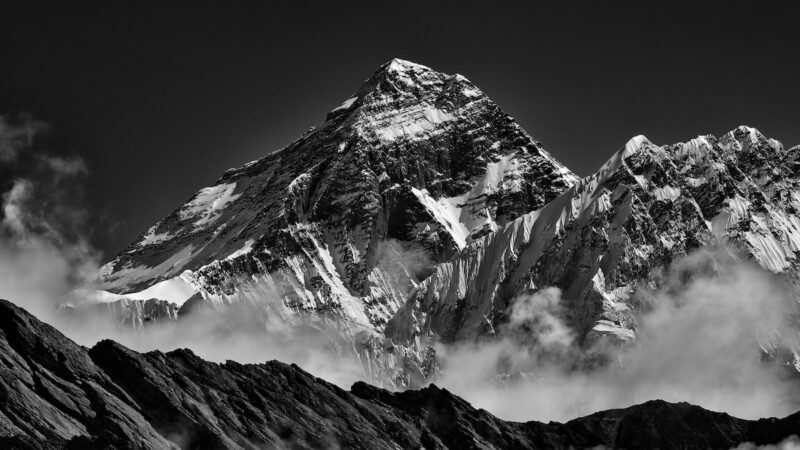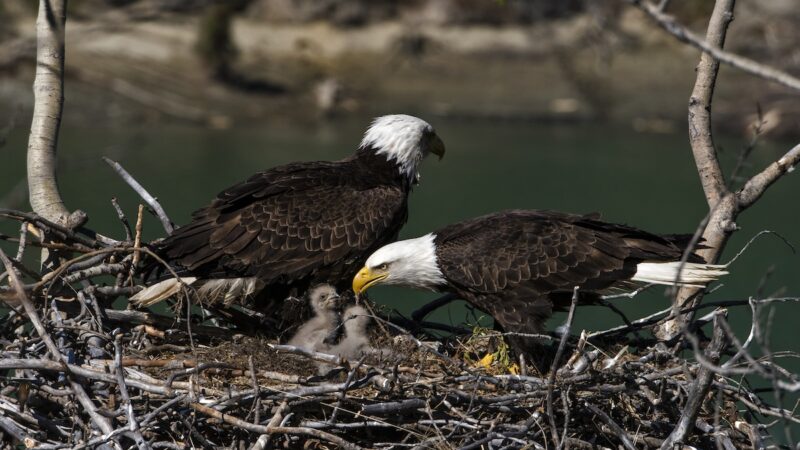5 Questions for the Best Outdoor Guide in the World
“Guiding, for me, wasn’t just a profession; it was a calling born out of the enchantment the mountains cast on my soul.”
Videos by Outdoors
That’s how Phurba Sherpa talks about guiding—with eloquence and clear passion. He was recently voted the best guide in the world in the “walking and outdoors” category by Wanderlust World Guide Awards.
Phurba, 30, grew up in Lukla, Nepal—the gateway to Mount Everest. Watching people embark on their journeys to the Everest Base Camp, guided by experienced locals, ignited something within Phurba as a child.
Breaking into the trekking field is no easy feat, though, and it often requires influential connections. Fortunately for Phurba, he was able to make those connections.
He started as a porter with adventure-travel company Intrepid Travel in 2012, became an assistant guide in 2016, then earned a spot as a full-time guide in 2018. And this year, he won a prestigious World Guide Award.

His journey so far has mirrored an ascent—a steady climb toward realizing his dream of being an Everest sherpa. He says, “with every step, I carried the dreams and hopes of those traversing the trails beside me.”
Surely, if there was an award for being poetic and likable, Phurba would win that too. Still, we wondered, what does it take to be voted the best outdoor guide in the world? So, we asked him.
Phurba answered our questions about what separates a good guide from a great one, the pros and cons of extreme tourism in Nepal, and what his own exploration aspirations are. Here’s what he had to say.
Outdoors.com: What’s the hardest and most rewarding part of your job?
Phurba Sherpa: Being a trekking leader in Nepal, the toughest part is taking care of the group’s health and safety. The world is aware of the challenging conditions in Nepal, making it difficult to ensure the well-being of customers. Although the views of the Nepal Himalayas are breathtaking, dealing with altitude, elevation, and the tourism infrastructure’s development is quite demanding. Weather is also a significant challenge for operations in Nepal.
Despite these challenges, the most rewarding thing for me is when every individual in the groups I lead is safe, feels secure, and is happy. It’s like seeing my customers smile when I smile. Nepal is in the process of improving, and working with Intrepid, which follows all safety guidelines, I haven’t encountered any issues with my groups so far. However, these challenges keep me vigilant.

Outdoors.com: What separates a great guide—or the best guide—from a good one?
Phurba Sherpa: Great guides stand out from the rest [because of] their deep understanding of the local culture, history, and geography. They can adapt to different situations and ensure the safety of their clients, while also sharing their passion and enthusiasm for their country. They are not satisfied with just meeting the basic needs of their customers, but they strive to go above and beyond, delivering exceptional service and quality. They can handle any crisis that may arise with professionalism and confidence.
A great guide is also mindful of the environmental and social impact of their work and respects the diversity and richness of the culture. They are always eager to learn new things and improve their skills, making sure that each traveler has a unique and unforgettable experience. In the varied and demanding terrain, they are more than just guides. They are also cultural mediators, narrators, and protectors of the amazing wonders any country has to offer.
[Great guides] are also cultural mediators, narrators, and protectors of the amazing wonders any country has to offer.
Phurba Sherpa
Outdoors.com: How has Nepal changed since you started guiding?
Phurba Sherpa: Nepal, as a developing nation, has undergone a significant transformation in its tourism landscape since my entry into the industry. When I first started, there were limited tourist destinations and accommodations were scarce. However, the panorama has changed remarkably, with Nepal unveiling numerous hidden gems that showcase immense tourism potential. Accompanying this growth is a substantial development in the availability of accommodations, providing travelers with diverse options.
Moreover, it’s fascinating to witness Nepal’s strides in technology; the integration of modern advancements has streamlined the overall tourist experience. Beyond the aesthetic beauty of its landscapes, the country is leveraging technology to enhance the convenience and enjoyment of visitors.
In this evolution, tourism emerges as a pivotal player in Nepal’s economic development, evolving into a backbone for the nation. It’s heartening to observe the positive impact that tourism has on the local communities, contributing not only to economic prosperity but also fostering cultural exchange. As someone involved in this journey, it’s a source of pride to see Nepal not just as a destination but as a dynamic and progressive force in the global tourism arena. The future indeed holds promise and potential for even more growth and innovation.

Outdoors.com: What has the rise in extreme tourism brought to the area, and what concerns you about the future of the region?
Phurba Sherpa: In my view, the surge in extreme tourism in Nepal has undeniably brought increased attention and economic benefits to the region. The influx of adventurers seeking thrilling experiences has not only contributed to the local economy but has also opened opportunities for employment and infrastructure development. The region has witnessed a diversification in tourism offerings, attracting a broader range of visitors. This positive impact has fostered cultural exchange and a greater appreciation for the unique landscapes of Nepal.
However, amidst these gains, there is a concern about the sustainability of such practices. It is essential to strike a balance between catering to the adventurous spirit of tourists and ensuring the preservation of the delicate ecosystems and cultural heritage of the region. The potential risks associated with extreme tourism, if not managed carefully, could pose challenges for the long-term well-being of the environment and the communities dependent on it. Therefore, a thoughtful and responsible approach to extreme tourism is crucial to safeguard the natural beauty and authenticity that make Nepal a sought-after destination. Balancing economic growth with environmental and cultural conservation is key for a sustainable and positive future for the region.
A thoughtful and responsible approach to extreme tourism is crucial to safeguard the natural beauty and authenticity that make Nepal a sought-after destination.
Phurba Sherpa
Outdoors.com: You work in a place many people dream to visit. What are some places you dream of exploring?
Phurba Sherpa: While I’m fortunate to work in a place that’s a dream destination for many, my personal travel dreams revolve around the enchanting regions of Asia and Europe. Asia’s diverse landscapes, bustling markets, and unique cultural experiences captivate me. On the other hand, the rich history, art, and iconic landmarks of Europe beckon with an allure of their own. Imagining strolling through vibrant Asian markets or exploring the historical gems scattered across European cities fills me with excitement and a deep sense of wanderlust. These two continents offer a kaleidoscope of experiences that I hope to immerse myself in some day.
Source: https://outdoors.com/questions-for-the-best-outdoor-guide-in-the-world/






